Specialisation Computational Light Weight Design
In the specialisation "Computational Light Weight Design" you will learn to analyse and optimise innovative and sustainable lightweight structures. For this purpose, you will deal with analytical and numerical calculation methods and models on the one hand and with the necessary computer tools on the other. The specialisation in "Computational Light Weight Design" focuses on the following topics of lightweight construction:
- Principles of lightweight construction
- Material models of lightweight materials
- Energy methods and instabilities
- Fatigue resistant dimensioning
- Optimisation methods in structural mechanics
Why to study Computational Light Weight Design?
Scarcer resources, the reduction of environmentally harmful pollutants and ever-increasing global competition are forcing almost every industry today to make its products as light and cost-efficient as possible. Engineers with sound competencies in the design of weight-optimised structures will therefore be even more sought-after experts in the design and calculation departments in the future, especially if they not only know the computer tools used in industry, but also the theory behind them.
The specialisation in "Computational Light Weight Design" deals with selected chapters of light weight design on a high theoretical level, whereby the application to practical and everyday problems of engineering practice is demonstrated and practised using computer tools such as Matlab, Python or Abaqus. Insofar, this specialisation is suitable for anyone who is interested in strength of material, finite elements and numerical mathematics and would like to delve even deeper into structural mechanics.
How is the specialisation structured?
The specialisation in "Computational Light Weight Design" takes place in the 5th and 6th semester of the Bachelor's programme.
Autumn semester:
- 4 lessons per week
- Thereof 2 lessons each theory and practical training
Spring semester:
- 4 lessons per week
- Thereof 2 lessons each theory and practical course
- 8 lessons numerical practical course on structural optimisation
Who can enrol for the specialisation?
- Bachelor MT ZHAW
- Interested listeners
What course content is expecting you?
Autumn semester
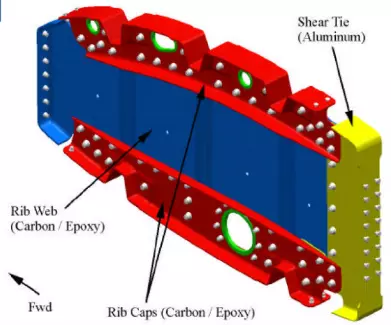
Principles of lightweight construction
- Introduction to lightweight construction
- Different lightweight construction principles such as monocoque, semi-monocoque and framework
- Examples from aircraft construction
- Dimensioning examples with Matlab
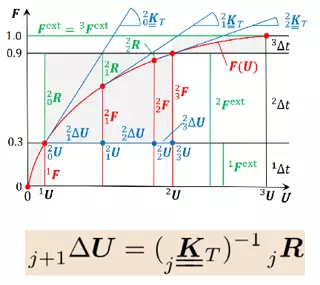
Nonlinear FE methods
- Introduction to non-linear FE methods
- Derivation of the Newton-Raphson method on the basis of a one-dimensional problem
- Newton-Raphson method for physically and geometrically nonlinear problems with a finite number of degrees of freedom
- Tangent stiffness matrix
- Practical examples with Matlab and Abaqus
Material models
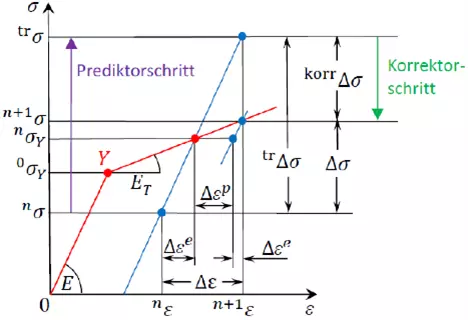
Elastoplastic material behaviour
- Plasticity and tangent modulus
- Flow function, flow rule and hardening law
- The Predictor-Corrector algorithm
- The radial return algorithm
- Practical examples with Matlab and Abaqus
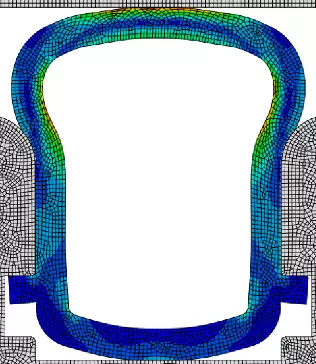
Hyperelastic material behaviour
- Deformation and displacement gradient
- Green's and Almansian distortion tensor
- Hyperelastic potential
- Neo-Hooke, Money-Rivlin and Ogden material model
- Generation and calibration of material data
- Practical examples with Matlab and Abaqus
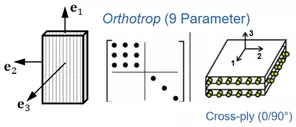
Orthotropic material behaviour
- Properties of composites
- Linear anisotropic elasticity
- Effective material parameters
- Elasticity of UD layers and laminates
- Failure mechanisms and criteria
- Practical examples with Matlab and Abaqus
Spring semester
Spring semester
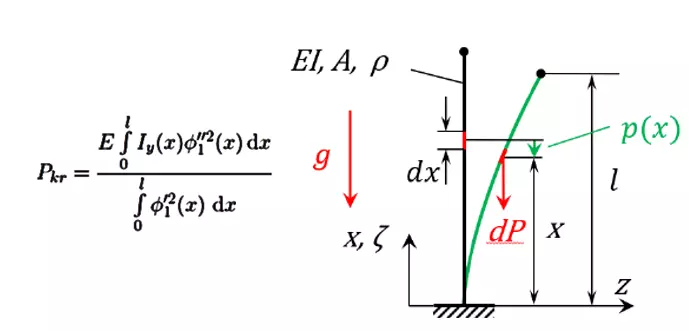
Energy methods and instabilities
- Equilibrium conditions on the undeformed resp. deformed system
- Solution of the eigenvalue problem
- Strain energy
- Principle of the minimum of the total potential energy
- Ritz method
- The phenomenon of instability
- Calculation of critical loads using Raleigh's quotient
- Instabilities of beams and plates
- Design with consideration of instabilities
- Practical examples with Matlab and Python
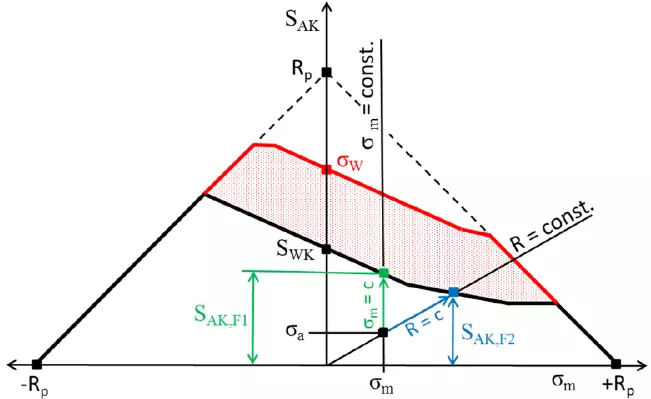
Fatigue-proof dimensioning
- Introduction to fatigue strength design according to the nominal stress concept.
- Concept of notch, form factor, notch factor
- Design influences on fatigue strength
- Material influences on fatigue strength
- Construction of Haigh diagrams
- Overload cases, safety factors, degree of utilisation
- Introduction to operational stability
- Miner rules, load collectives, rainflow counts
- Gassner curve and operational stability verification
- Practical examples with Matlab
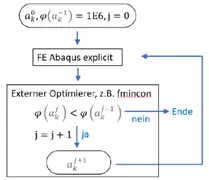
Optimisation methods in structural mechanics
- Optimisation algorithms
- Parameter optimisation
- Topology Optimisation
- Numerical Practical Course I
- Numerical Practical Course II
What competences do you acquire in the specialisation course?
- You will learn how to design, dimension and optimise lightweight structures through analytical and computer-aided modelling.
- You will learn how to describe complex material and component behaviour by means oflineare Al mathematical models.
- You will extend your knowledge in FEM to non-linear structural-mechanical calculations.
- You learn to combine different disciplines of your studies such as calculus, linear algebra, statics, strength of materials, FEM, numerical mathematics and programming in order to design weight-optimised structures.
- You will deepen your tool competences in Matlab, Python and Abaqus.
- You acquire scientific-methodical competence to evaluate existing technical solutions or to generate new solutions.
What qualifications can you write in Computational Light Weight Design?
You have the opportunity to complete the following thesis with us:
- Project thesis (HS)
- Bachelor thesis (FS)
- Advanced thesis within the context of the MSE
- Master's thesis within the MSE (HS, FS)
The topics originate from research and industrial projects and are therefore linked to relevant and current issues in lightweight technology.
Where can you find further information?
You can find more information on the course content in the module descriptions CLWD1 and CLWD2.
If you have any questions, please contact the head of the focus group Light Weight Design Ralf Pfrommer: pfro@zhaw.ch